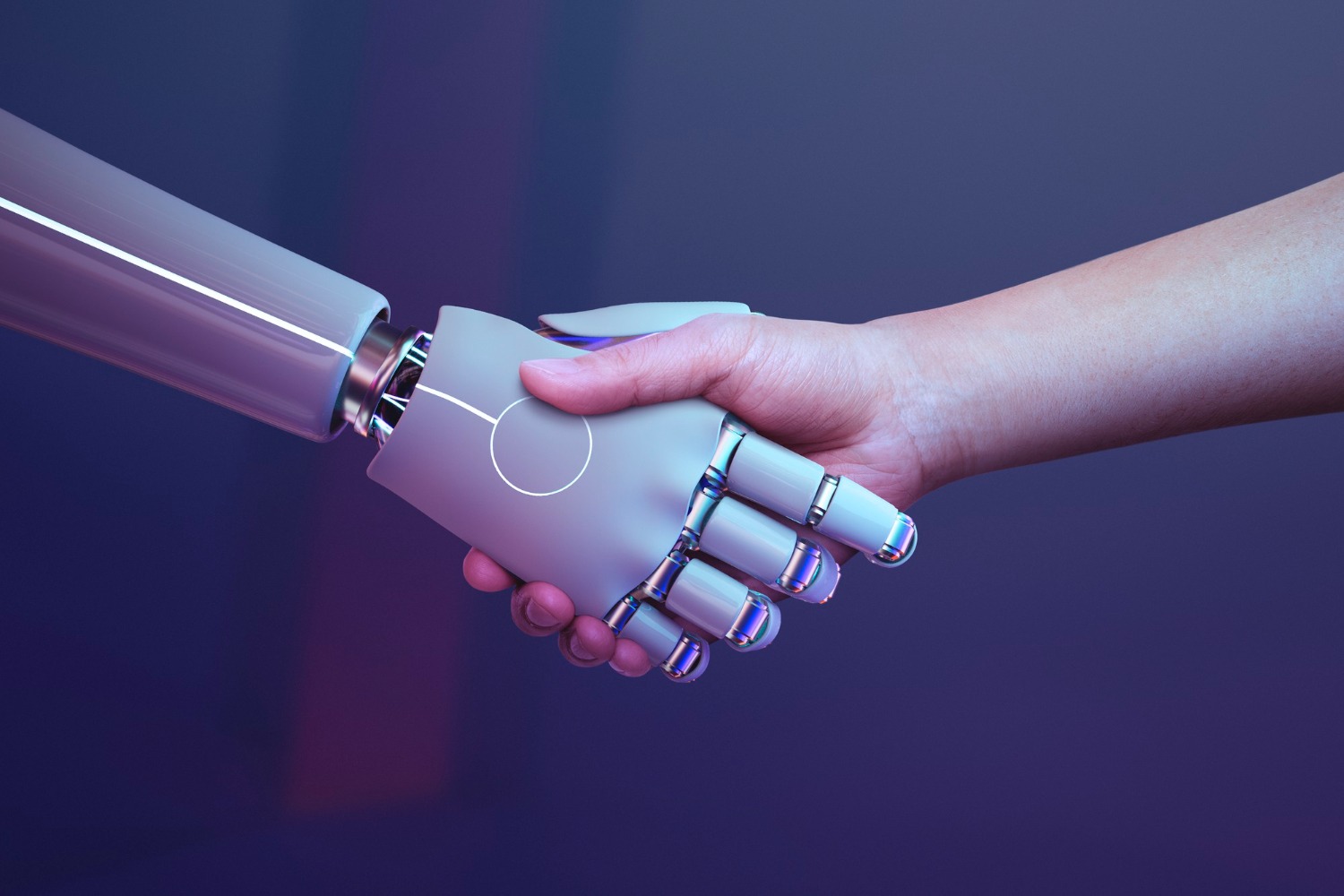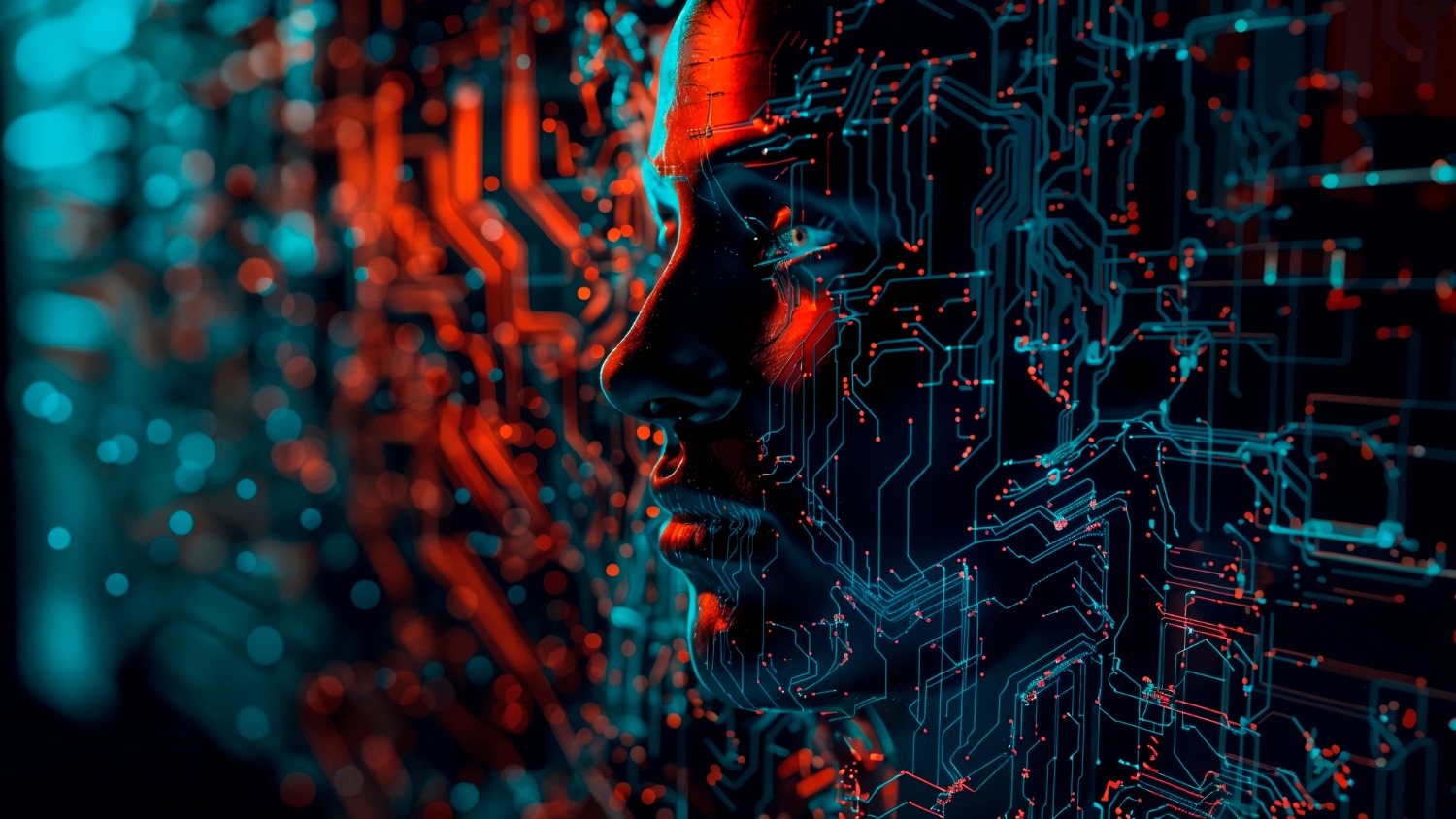AI vs Human Decision-Making in IT Operations
Tech is advancing at a breakneck speed, and IT operations have a front-row seat to this transformation. However, with the growth of artificial intelligence (AI), companies are inquiring if AI is focused on replacing human decision-making in IT operations. While AI-driven automation has significantly boosted efficiency, can it completely replace and handle the entire decision-making process?
What AI can do better than humans and vice versa regarding IT operations. We will also cover how businesses can find the balance between the two to achieve the best results.
Tickets can be automatically assigned to the appropriate teams with human intervention.
AI is being leveraged more as data is used to improve the quality of service in IT operations and decrease downtime. Here are some of the specific ways AI is used in IT:
Automation of Routine Tasks
So, IT teams waste most of their time performing the same type of task, like system monitoring, log file analysis, or even detecting a security threat. AI can undertake all these tasks so IT teams can redirect their attention toward more strategic endeavours.
Predictive Maintenance
AI can also analyze the system performance patterns and predict if a potential failure is about to occur. This enables IT teams to take preemptive action, minimizing downtime and increasing system reliability.
Incident Management and Problem Management
AI-driven chatbots and virtual assistants are available 24/7 to provide rapid troubleshooting solutions that minimize response time for IT problems. AI can also recommend the best solutions based on historical incident data.
Security Threat Detection
AI-powered cybersecurity tools assist organizations in recognizing unusual behaviours, identifying malware, and responding to attacks instantly. This enables organisations to safeguard their data against cyberattacks.
Data Analysis and Decision Support
Machine learning, for example, allows AI to analyze large volumes of data in real-time to find trends and patterns that would otherwise go unnoticed by humans which makes IT teams more informed and enables better data-driven decision-making.
Humans Play a Critical Role in IT Operations
Despite whatever advantages AI brings, human knowledge is a necessary aspect of IT operations. Certain tasks that demand critical thinking, creativity, and contextual understanding are not replicable by AI. (Which brings us to: Why does human decision-making still matter?)
Complex Problem-Solving
Although AI is adept at well-structured tasks, IT operations are marred with complex challenges that AI currently cannot replace human intuition. Weighing the business impact and making the right decisions is something that humans can do but AI might not always understand the very basics of.
Making ethical and strategic decisions
AI is not an ethical party and cannot reason the organization’s values, the de jure or de facto compliance requirements, or the long-term goals of the company. Accordingly, there has to be human oversight in AI making sure that AI-driven decisions suit business objectives.
Handling Unstructured Data
AI is effective with structured data, while IT operations are often based on unstructured data, such as email, meeting notes, and customer feedback. Further, humans can understand this information and make decisions based on it.
Relationship Management
IT operations typically contain coordinated efforts of the team, clients, and stakeholders. Humans are skilled at communication, negotiation and relationship-building-professions where AI lacks expertise.
Crisis Management
The human judgment you bring is worth so much during a major IT crisis. AI may suggest alternatives, but it is up to human beings to examine the scenarios and choose the best one, for the best decision.
To What Degree Decision Making: AI vs Human
AI works at lightning speed and makes real-time decisions based on data. Humans, however, take the time to consider other views — but not before concluding. AI extracts structured information in structured operations, while humans also operate on unstructured information when mere logic is insufficient. Another benefit of AI is consistency; it relies on well-defined algorithms without bias. However, it is people who introduce creativity into decision-making, a domain where AI remains deficient.
This ethical reasoning is where the human and the AI differ. AI has no moral judgment, nor any ability to assess ethical implications the same way humans do. Organisations need humans to intervene to make sure that corporate values and compliance standards are adhered to in AI-driven decisions. Moreover, AI depends on data; it learns from patterns and data, becoming more accurate and effective with time. Humans on the other hand learn from experience and with experience learn to adapt to new challenges and uncertainties much better.
The New and Right Mix: Human and AI
Rather than treating AI and human decision-making as opposing forces, companies ought to use the best of both worlds for optimal speed and effectiveness. Here is how organizations should incorporate AI and human intelligence:
Let AI handle Data, let the humans decide.
AI can analyze large amounts of data and offer suggestions accordingly, but final decision-making should always take place on a human level with business objectives in mind.
Automate Repetitive Tasks, Allowing Humans to Dream
Routine IT tasks can be performed by AI while human professionals have time to work on strategic projects and innovation.
AI Applied with Human Review
AI must go through IT governance to mitigate errors and bias. Regular audits and updates ensure that AI continues to serve business objectives.
Teach IT Teams to Partner with AI
Employees must get trained on how to make the most of AI tools including knowing what these tools can do and their limits. This allows teams to use AI, without hinging entirely upon it.

The Security Plays a role between AI and Human Expertise
Cybersecurity threats need AI’s ability to detect issues quickly alongside human expertise in threat assessment and mitigation. Both of these approaches together increase security.
Conclusion
AI for IT Operations (AIOps): Does the future of IT operate like AI? But still, human judgement is decisive in complex decisions, moral motifs and tactical thinking.
At the end of the day, success will not lie in favouring one over the other, but in achieving harmony between the two. But with the right approach that combines the powers of AI with a human touch, organizations can transform IT operations for the better — and ensure sustainable success.
Firms that adopt AI-human collaboration will not only drive efficiency but also fuel innovation and resilience in a technology landscape that continues to change.




